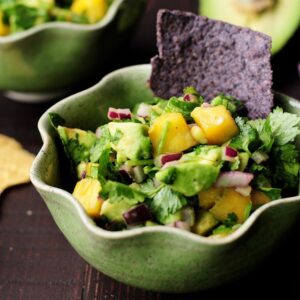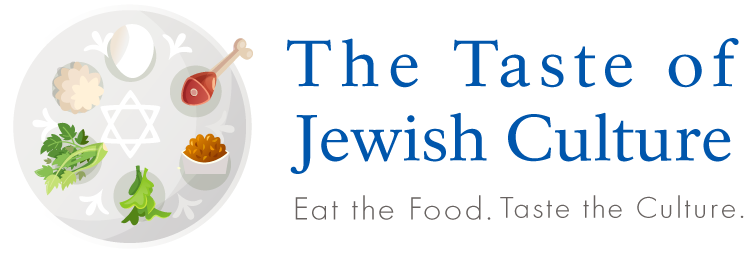Cookbooks are one of the great tools for studying food history, beyond providing you with instructions on how to prepare some awesome dishes. And now and then you come across a cookbook that stands apart as truly unique. A Drizzle of Honey, by David M. Gitlitz and Linda Kay Davidson is one such book.
The husband and wife team of Gitlitz and Davidson created a book that both memorializes the many Conversos who were brutally executed by the Spanish Inquisition, and also recreates the dishes that Jews and Conversos ate in medieval Iberia, and even somewhat beyond in the places to which the Inquisition followed them.
How Did They Research This?
Many people don’t know this, but the Inquisition kept meticulous records and transcripts of their trials, providing tremendous source material for historians to dig through. And while there were many things that might have been used to accuse a converso of illegally “Judaizing” (maintaining Jewish practice), one of the prominent ones was the food practices the person exercised.
In Drizzle, Gitlitz and Davidson highlight four ways in which food choices could get one killed:
Two have to do with choice of menu. First is what one chose to eat: some dishes were considered by their communities to be Jewish dishes, so that anyone observed cooking them was naturally suspect. Second is what one chose not to eat: Jewish dietary prohibitions were well known, so that anyone who in any way avoided eating pork, rabbit, scaleless fish, and the like was liable to be accused of Judaizing. The other two reasons have to do with timing. Special meals made in proximity to any occasion marked on the Jewish calendar were cause for suspicion: one-dish meals prepared on Friday to be warmed over for the Sabbath, or feasts preceding or following one of the Jewish fasts, or the Passover seder dishes were obvious indicators of non-Catholic behavior. The last reason has to do with the Christian liturgical calendar, which prohibited the consumption of certain foods on certain days or at certain times of the year. Anyone who ignored these prohibitions also ran a great risk.
Thus, fasting on Yom Kippur, eating meat during Lent, or avoiding shellfish could betray a Crypto-Jew. And eating foods that were identified as Jewish Foods could prove equally incriminating.
They gleaned this information from the Inquisition trial records. Such records often mention specific dishes and foods, frequently accompanied by a statement along the lines of “I know this to be a Jewish way of cooking.” While the records do not typically reveal full recipes, or even complete ingredient lists, they often reveal enough information to envision what the dishes were like (especially when we can cross reference some with other sources, such as medieval cookbooks from Iberia).
In Drizzle, actual complete recipes are extrapolated from the trial records. Alongside each dish, there is also some biological information, and/or stories, about the accused. It thus brings these people’s memories back to life, alongside the foods they consumed.
How Successful Were They?
Gitlitz and Davidson had their work cut out for them with this book. It is extremely challenging to build complete, working recipes from the information available to us. But that was their goal, and they did an excellent job of it. The recipes are diverse and interesting, and do not largely seem out of place in the modern kitchen.

Similarly, as often happens in historical cookbooks, there are occasional errors (slight ones, to be sure) in which some ingredients are listed that would not have been accessible. For example, a recipe for a dish from pre-1492 Spain includes “white beans,” which are a New World food. This is a minor mistake, and there certainly were legumes such as fava beans or black-eyed peas available.
But that error actually give me an opportunity to express my gratitude. A few years ago, after I first read this book, I reached out to David Gitlitz with some follow-up questions. He was extremely generous in responding, and in fairly lenghty and elaborate manner. When I asked about this, he spent a lot of time going through old notes (saying that it normally would have been his wife who’d have been better with this aspect, but she had unfortunately already passed away by then). He forthrightly agreed that this was probably an oversight on their part. Intellectual honesty is wonderful to see in action. But even more incredible, from my perspective, is that the time he spent responding to my emails, looking into old notes, etc., came a mere one month before he passed away from a COVID-related illness.
May he and his wife both rest in peace.
Know Someone Who’d Like This? Pass it Along!






